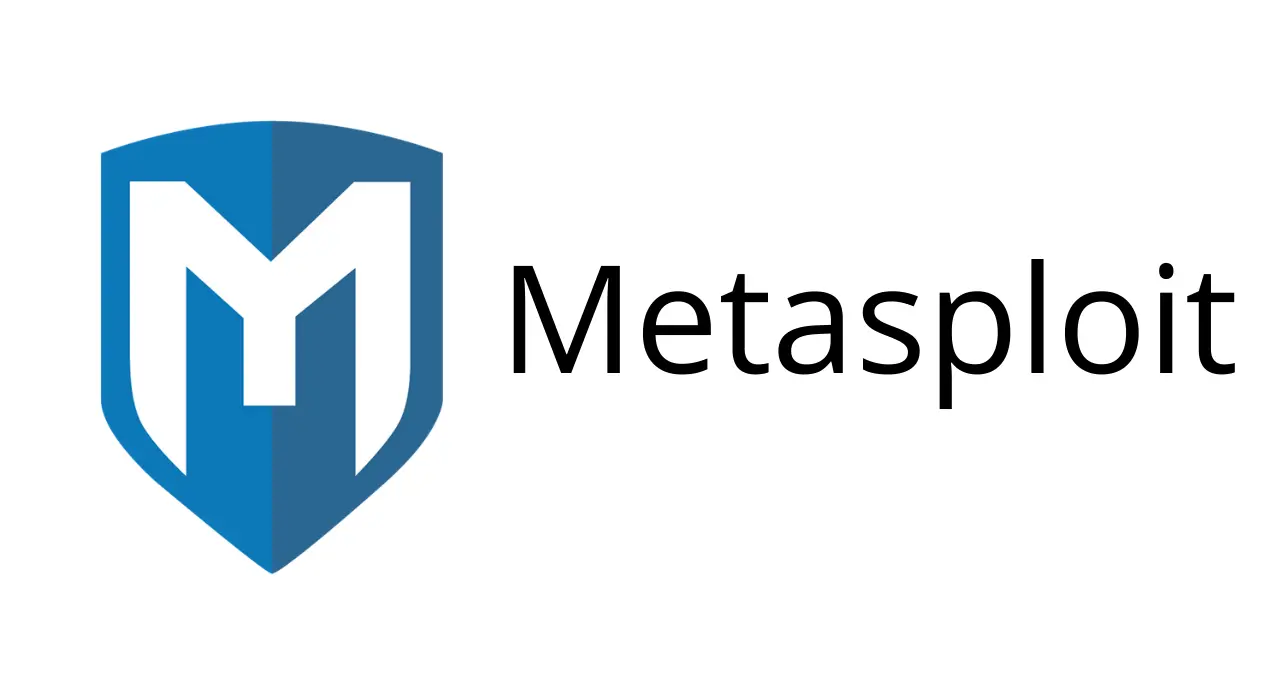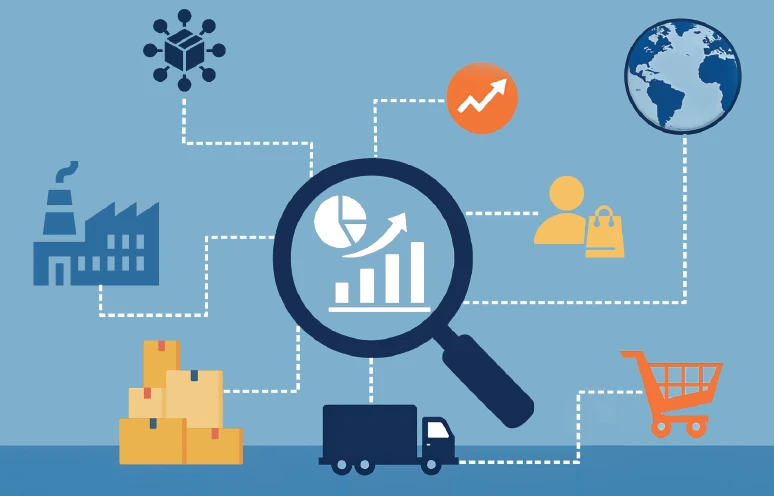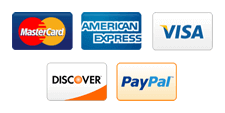Latest Articles
The Ultimate Guide to Quality Management System Models
A quality management system (QMS) is a collection or a series of procedures and regulations that assist businesses in ma...
The Value of Earning a Scrum Fundamentals Certification
Scrum Fundamentals Certification (SFC) is a starting certificate for individuals who want to learn Scrum. Scrum is a pro...
Exploring Project Scope Management and Its Value
Project Scope Management is a way of making everyone know what work needs to be done in a project. It assists project ma...
AWS Well Architected Framework 6 Key Pillars
AWS Well-Architected Framework is a collection of simple-to-follow guidelines created by Amazon Web Services (AWS). It h...
Important Soft Skills for Data Scientists
Data science is not only mathematics, statistics, or programming. It also needs imagination, creativity, and vision. The...
10 Career Advantages of Working in Big Data
Why Big Data Analytics Is a Smart Career Choice Big Data surrounds us. There is a huge volume of information generate...
Root Causes of Product Variability
IT nowadays attempts to run very smoothly. But that is not simple because they have so many issues. They still use outda...
The Role of Positive Risk in Business Strategy
A positive risk is that which can happen and have a positive impact on an individual, project, or company in achieving t...
Enterprise Cloud Made Easy with ServiceNow
IT nowadays attempts to run very smoothly. But that is not simple because they have so many issues. They still use outda...
Discover the Benefits of Descriptive Analytics
Most businesses today utilize data to enable them to make more informed decisions. By examining figures and data, busine...
How Metasploit Framework Works and Usage Explained
Since cybercrime is increasing a lot, it is extremely important to know how to secure businesses. Penetration testing al...
An Introduction to Green Supply Chain Practices
It is not only a future issue — we already observe its devastating impact. Sudden rain at the wrong moment, floods...
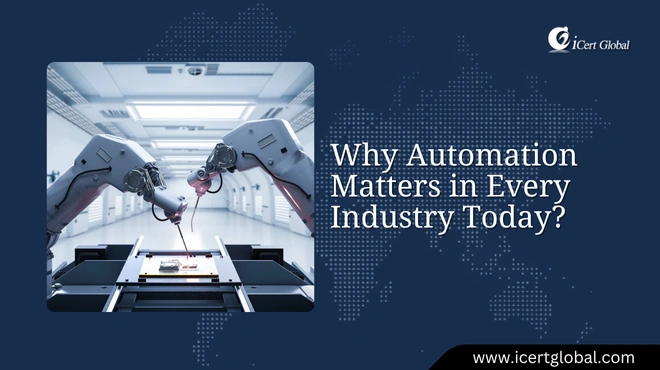


.jpg)


.webp)
.webp)
 (1).webp)
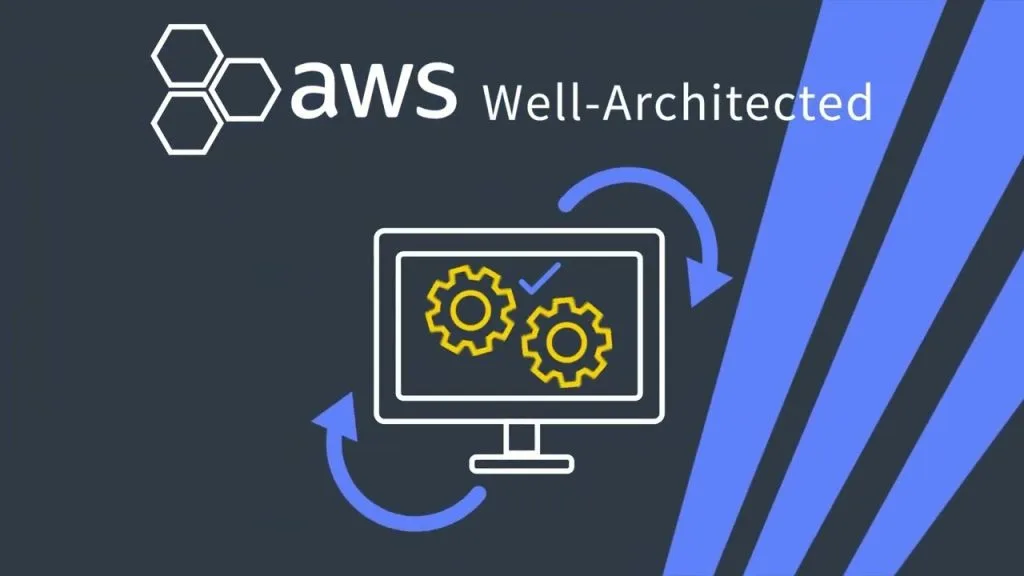



.webp)
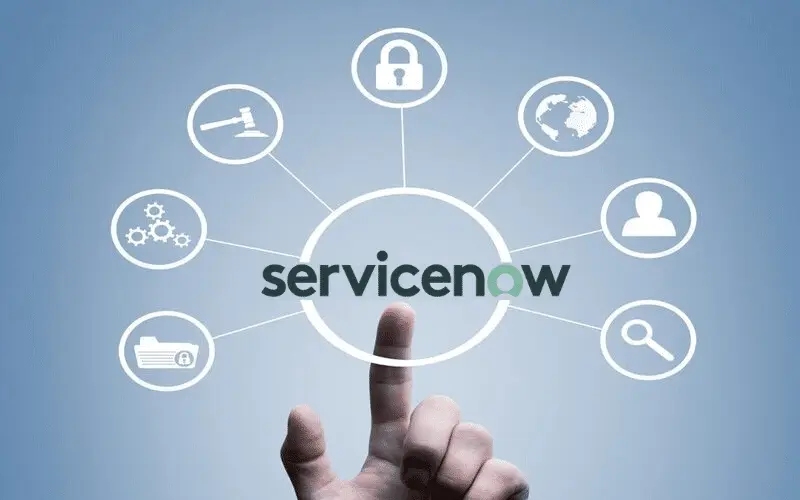
.webp)
